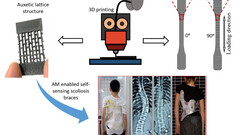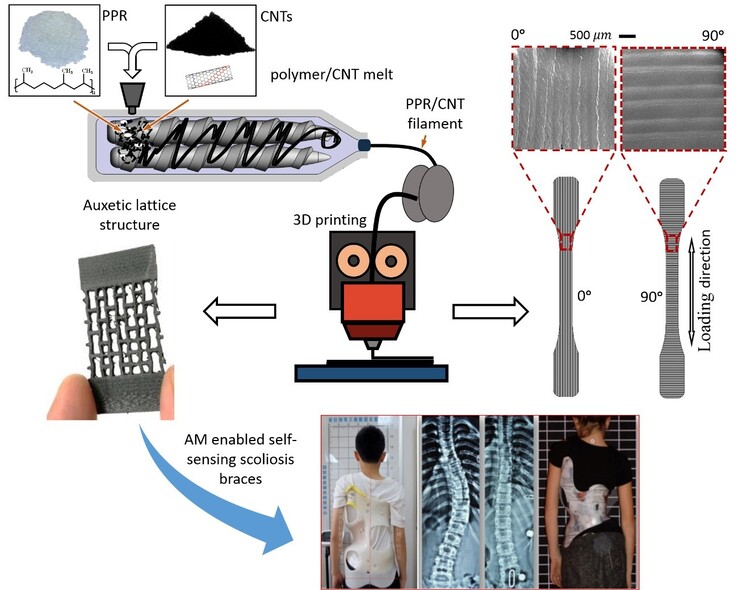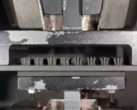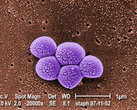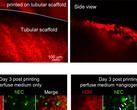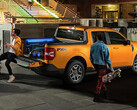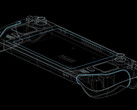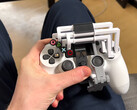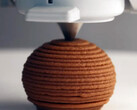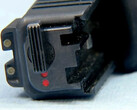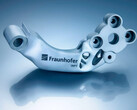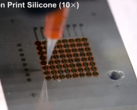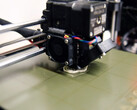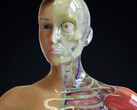A team of engineering researchers and medical professionals from the UK and US has managed to 3D-print a "smart" back brace of sorts to aid people with scoliosis. This orthopedic disease manifests itself in spine deformity and is most often found in children between 10-15 years old, affecting their posture later in life if not treated in a timely manner, in some cases leading to surgical intervention. Medical exercises and back braces can help straighten up the spine and keep it in the correct position while the young person is in their growing stage and this is exactly where the researchers focused their efforts.
The current back braces used for scoliosis correction are fairly uncomfortable and time-consuming to find the right fit with, so they decided to 3D-print an adaptable one tailored to each individual's specific spine deformity. The lead author of the study, Dr. Shanmugam Kumar of the University of Glasgow’s James Watt School of Engineering, together with contributors from the Texas A&M University, Massachusetts General Hospital, and MIT, mated light polypropylene with carbon nanotubes to try and create a more fitting brace.
The carbon tubes dispersed throughout the material create a conductive network whose piezoresistance can subsequently be measured to determine which parts of a brace are experiencing more pressure than others. The lattice-like structure that the researchers 3D-printed from the new strain-sensing material can be used for unique tailored back braces that would require much less trial and error to fit properly. The "smart" scoliosis brace would then report to doctors where the most pressure resides and allow them to correct it after a few weeks of wearing to make it even more comfortable for the particular patient. According to Dr. Kumar:
That could help patients benefit from more accurate adjustments to the stiffness of the bracing in different directions, better data to inform the optimal timing and manner of brace adjustments. That would make them a potentially significant improvement over conventional rigid bracing made from passive materials via conventional manufacturing approaches. Cellular designs of smart composites make the braces lightweight besides offering tuneable mechanical and functional attributes.
It might be a stretch to call the procedure 4D-printing, a growing medical field, as the resulting back brace structure is sensitive and adaptable post process, but without the required shape-shifting abilities after it has been churned out by the printer. The research team is now trying to identify the best uses for their new 3D-printed medical structure and is actively pursuing clinical trials to test the performance of the smart back braces in real-world scenarios.


